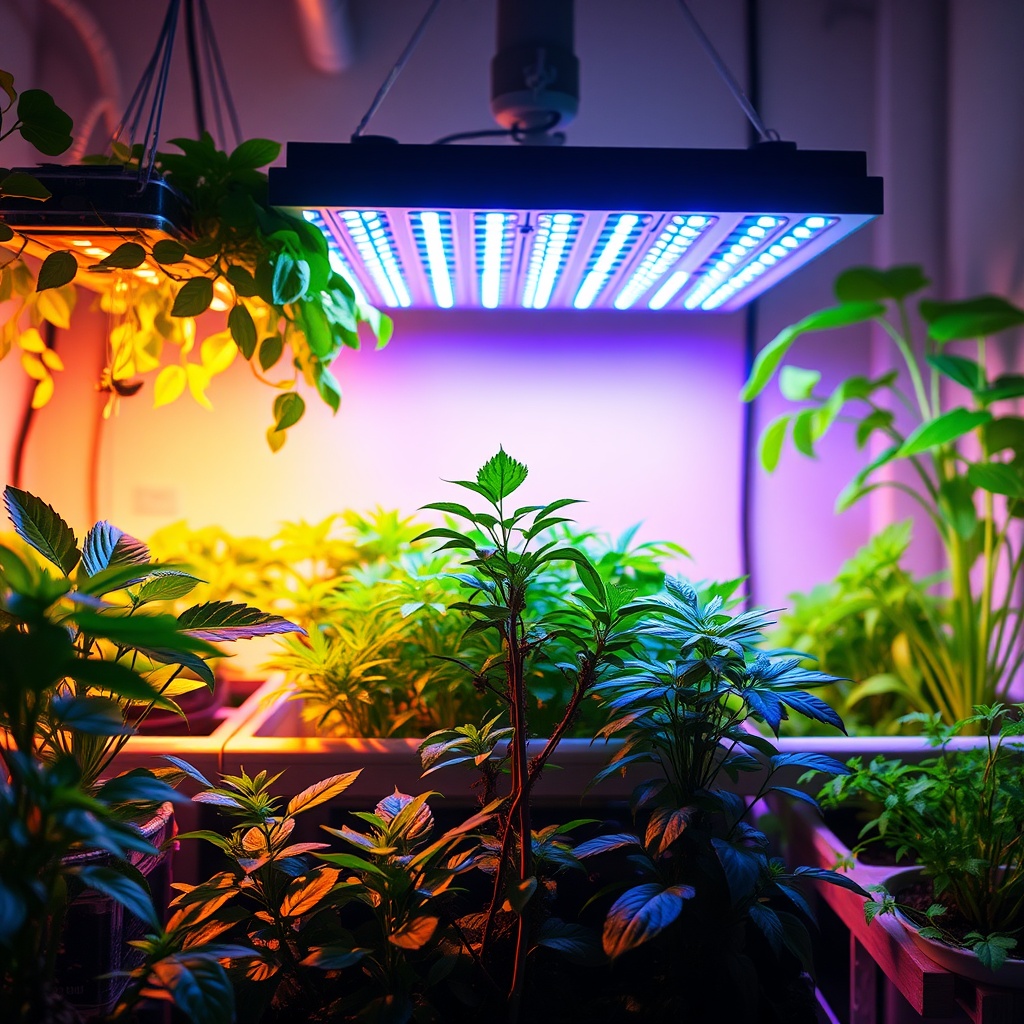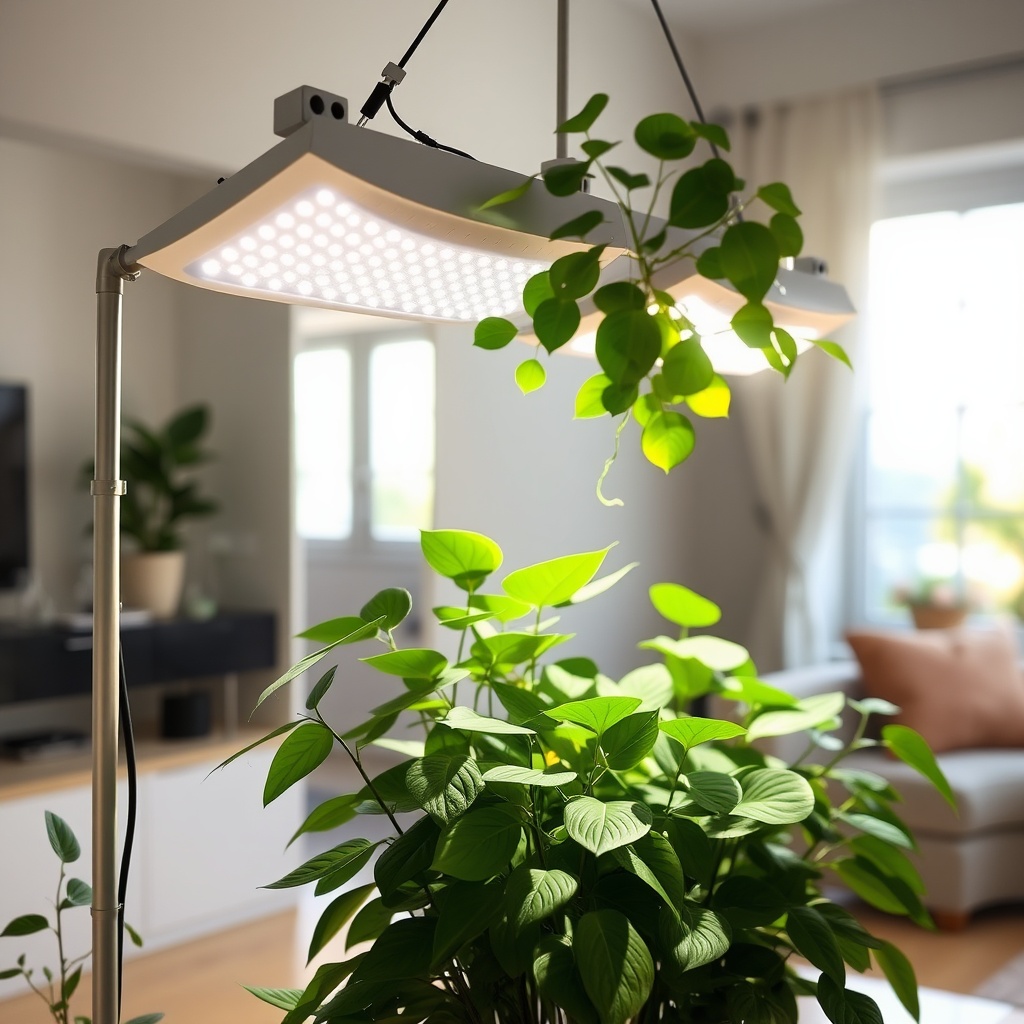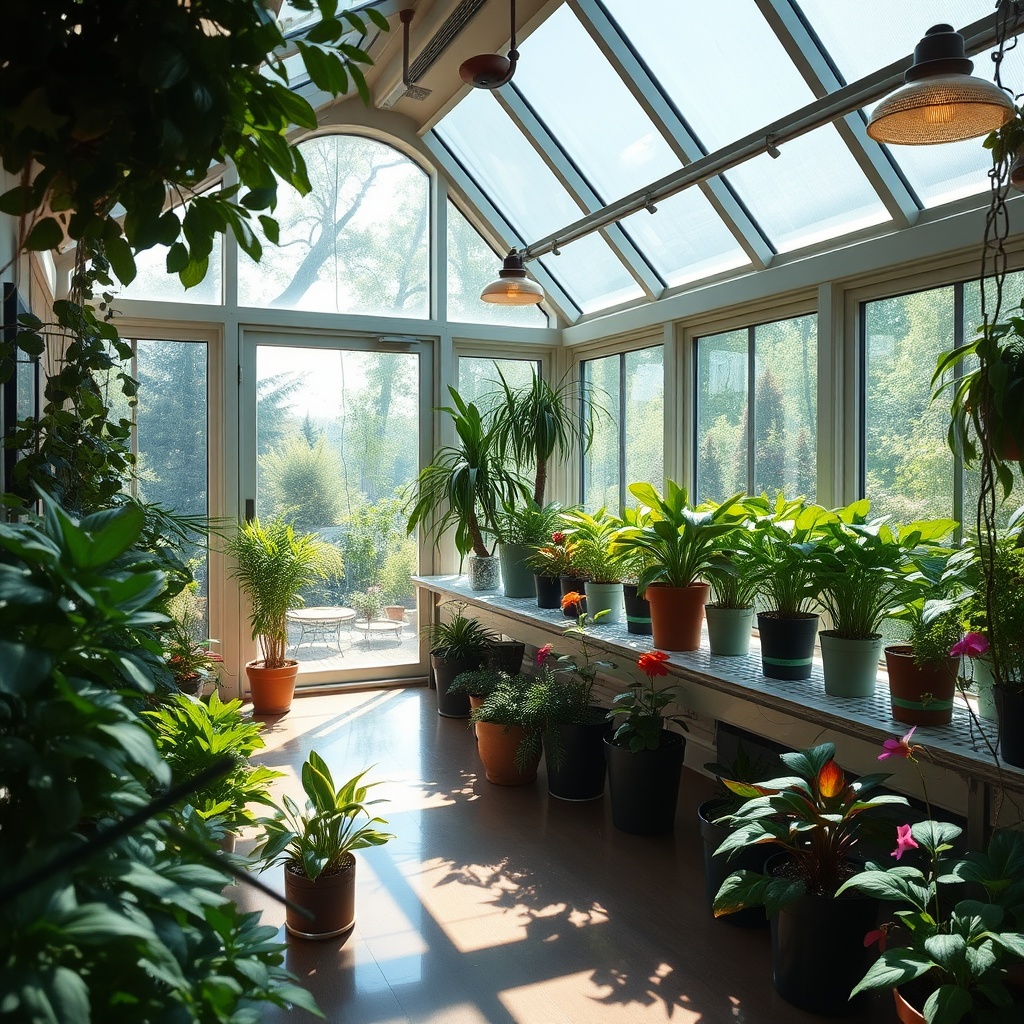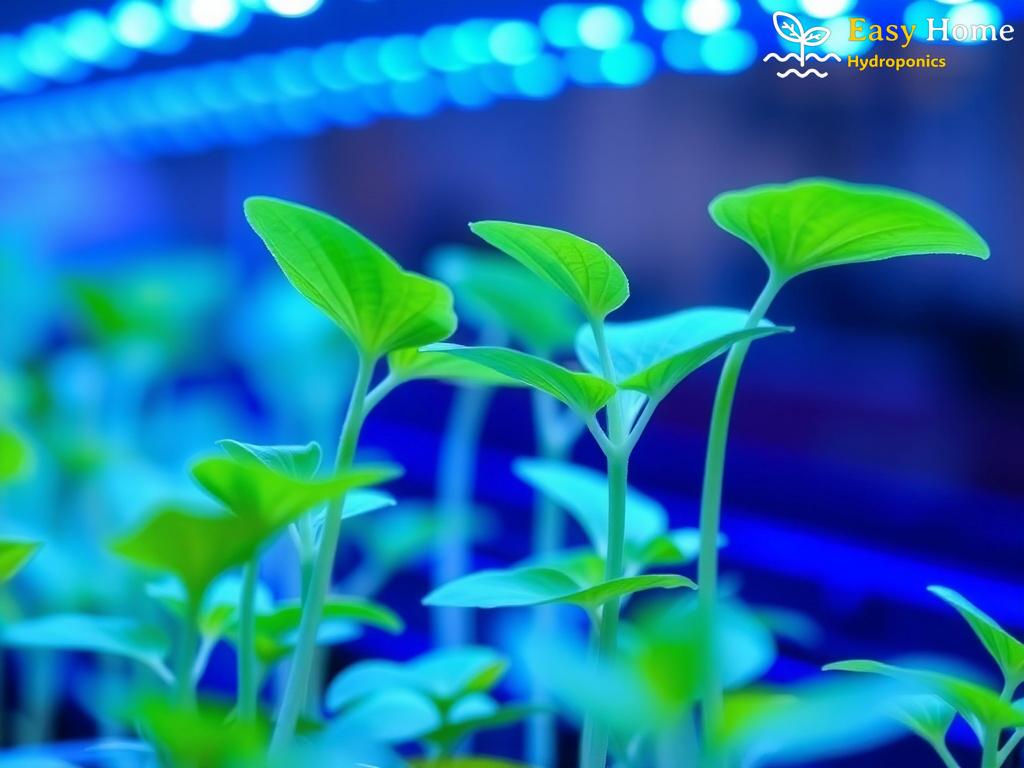When it comes to indoor hydroponics, the choice of lighting can significantly influence plant growth and yield. LED lights have emerged as a popular choice among hydroponic growers due to their energy efficiency, longevity, and ability to provide the specific light spectrum needed for various growth stages. However, not all LED lights are created equal, and selecting the right ones for your setup requires careful consideration of several factors.
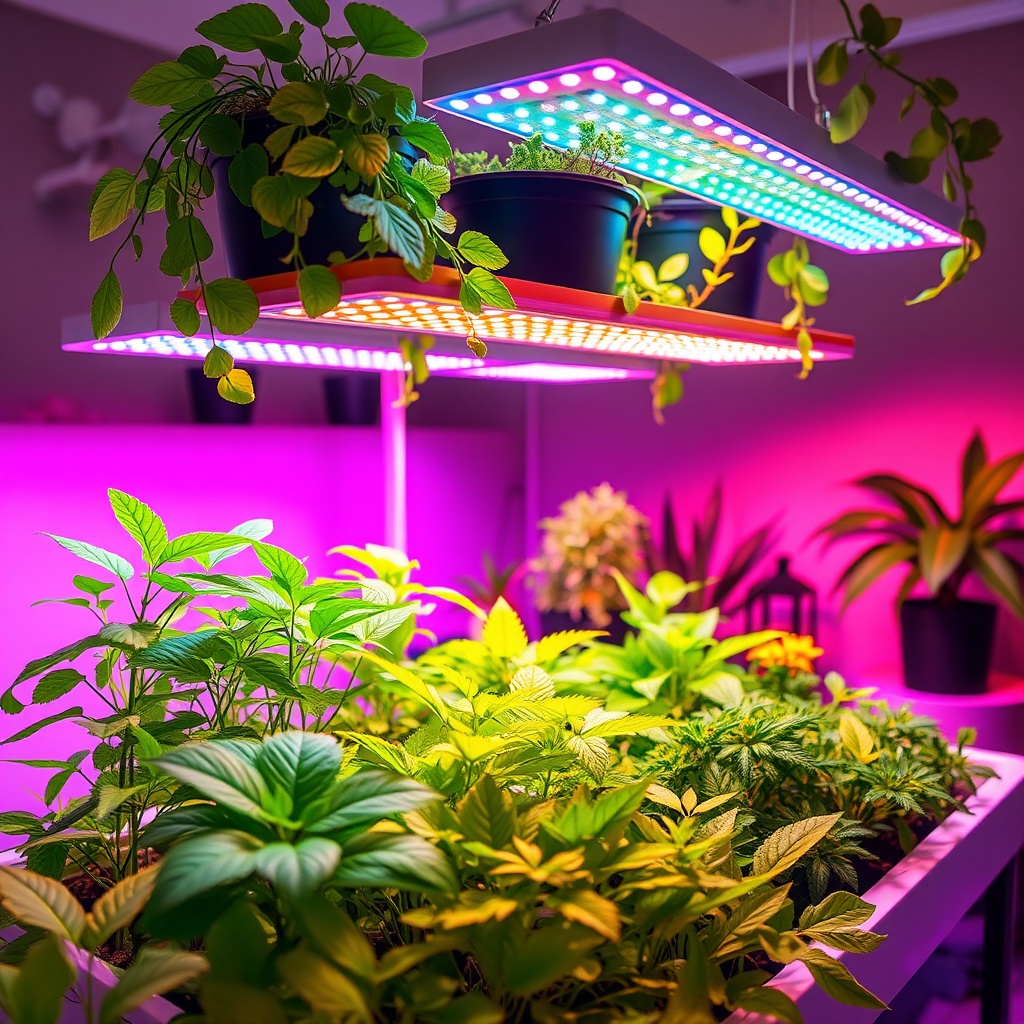
Choosing LED lights for hydroponics involves evaluating several key features that can optimize plant growth. Understanding these features ensures that the lights you select can meet the specific needs of your plants throughout their growth cycles.
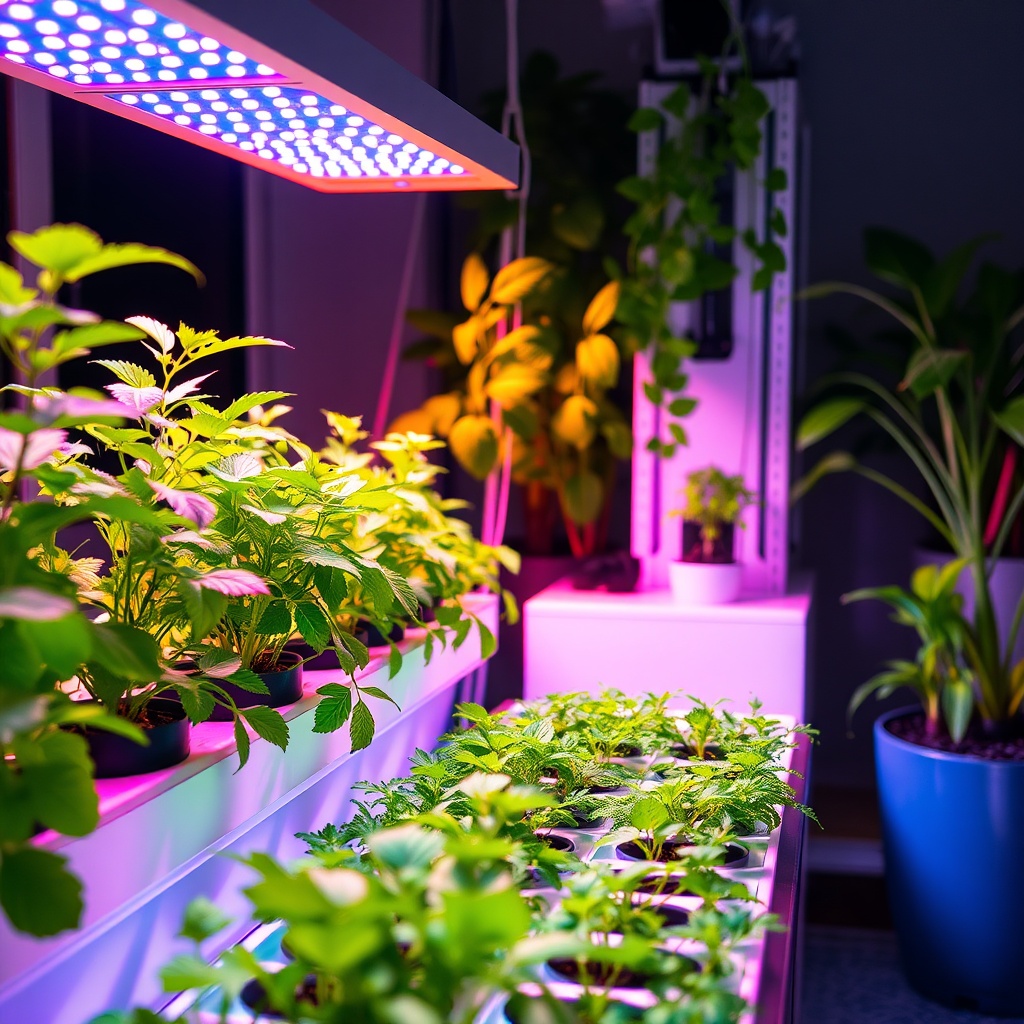
- Light Spectrum: Different plants require varying light spectra during their growth stages. For instance, blue light is essential for vegetative growth, while red light promotes flowering. Look for full-spectrum LEDs that cover both blue and red wavelengths.
- Wattage and Output: Higher wattage typically means more light output, which can benefit light-hungry plants. However, balance is crucial to avoid burning your plants. A general guideline is 20-30 watts per square foot for optimal growth.
- Heat Management: LEDs produce less heat compared to traditional lighting, but it is still important to ensure proper ventilation and heat dissipation. Choose lights with built-in cooling features or consider additional cooling systems.
- Durability and Lifespan: Investing in high-quality LEDs can save money in the long run. Look for lights with a lifespan of at least 50,000 hours and a solid warranty for peace of mind.
With a variety of LED lighting options available, understanding the differences can streamline your decision-making process. The following table summarizes the main types of LED lights suited for hydroponics, highlighting their pros and cons to help you make an informed choice.
| Type of LED Light | Pros | Cons |
|---|---|---|
| Full Spectrum LEDs | Provides a complete light spectrum, mimicking sunlight; Good for all growth stages. | Higher cost compared to standard LEDs. |
| Red/Blue LEDs | Energy-efficient; Tailored for specific growth stages. | May not provide adequate light for all growth stages. |
| COB LEDs | High light output; Efficient heat dissipation. | Can be expensive; May require additional cooling. |
Ultimately, the type of LED light you choose will depend on your specific hydroponic setup, the plants you are growing, and your budget.

